Waste sorting plant Waste Management & Municipal Solid Waste Recycling (MSW) Ballistic Separator
Introduction to Bouncing Screen
A bouncing screen (Bouncing Screen) is a piece of mechanical equipment used for material sorting. It achieves material separation by causing the material to produce a jumping motion on the screen surface through specific frequency and amplitude vibrations.
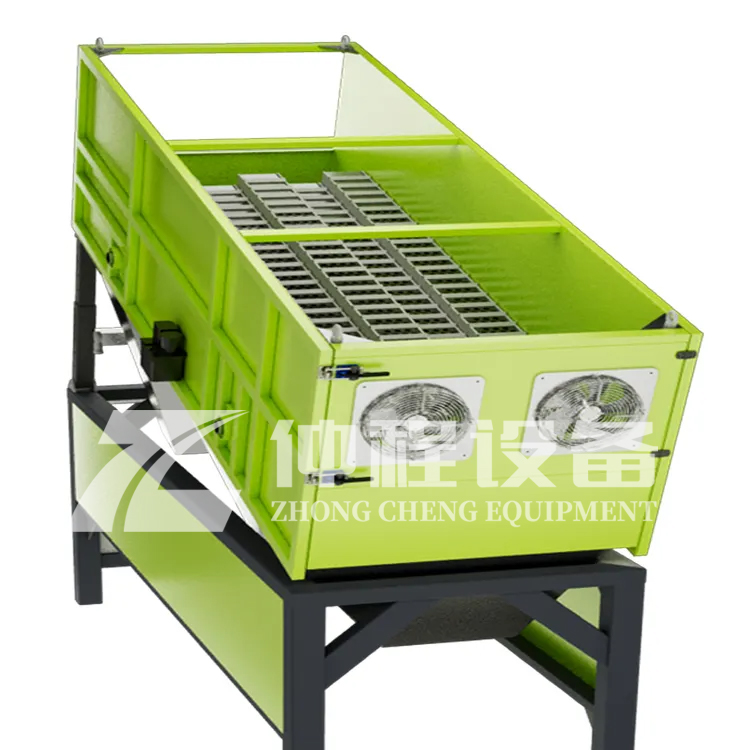
Application Principle
The working principle of a bouncing screen is based on vibration and gravity. When the device starts, the motor drives the exciter to rotate, generating periodic vibrations that are transmitted to the screen frame and screen surface. After the material is evenly fed into the screen surface, it begins to jump and move under the action of vibration. Smaller or appropriately shaped materials will fall through the screen holes, while larger materials continue to move forward along the screen surface, eventually being discharged from the end of the screen. This way, effective separation of different-sized materials is achieved.
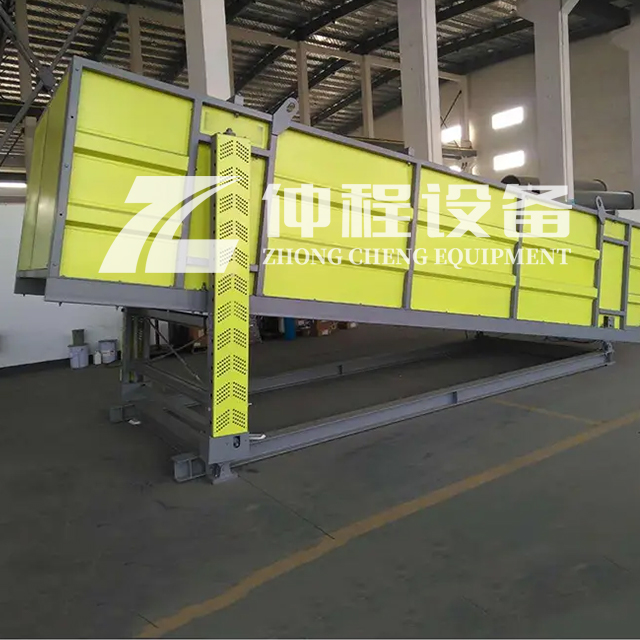
Structure of a Bouncing Screen
The structure of a bouncing screen is designed to facilitate the efficient separation of materials through vibration. Below are the main components that make up its structure:
Frame (Screen Frame):
- The frame provides the structural support for all other components. It must be robust enough to withstand the forces generated by the vibration and the weight of the material being processed.
Screen Surface (Screen Panel/Mesh):
- This is where the actual screening takes place. The screen surface can be made from various materials like steel, rubber, or polyurethane and comes in different mesh sizes to suit the application requirements.
Exciter (Vibrator Motor/Excitation Device):
- The exciter generates the necessary vibrations to move the material across the screen. It can be an electric motor equipped with eccentric weights or a mechanical device that produces oscillating motion.
Support Springs (Elastic Supports):
- These springs suspend the screen frame and isolate it from the ground or supporting structure. They help to absorb the vibrations and ensure smooth operation of the equipment.
Feeding System:
- A system used to evenly distribute the material onto the screen surface. This could be a conveyor belt, a hopper, or any other mechanism that feeds material into the screen.
Discharge Chutes:
- Channels or chutes that collect and direct the separated materials from the screen. There may be multiple discharge points depending on the number of fractions being sorted.
Drive System:
- Comprising motors and possibly gearboxes, this system powers the exciter and controls the frequency and amplitude of the vibrations.
Control Panel:
- Allows operators to control the settings of the bouncing screen, including vibration frequency, amplitude, and sometimes even the angle of the screen surface.
Adjustment Mechanisms:
- Components that allow for adjustments to the screen angle, tension of the screen mesh, and other parameters to optimize performance for different materials and applications.
Advantages
- Efficient Sorting: It can quickly and effectively classify mixed materials according to particle size.
- High Throughput: Suitable for large-scale production needs, capable of handling a large amount of material.
- Adaptability: The vibration frequency and amplitude can be adjusted to accommodate different types of materials and requirements.
- Ease of Maintenance: Simple structure, easy to clean and maintain.
Low Energy Consumption: Compared to other types of screening equipment, it generally has lower energy consumption.
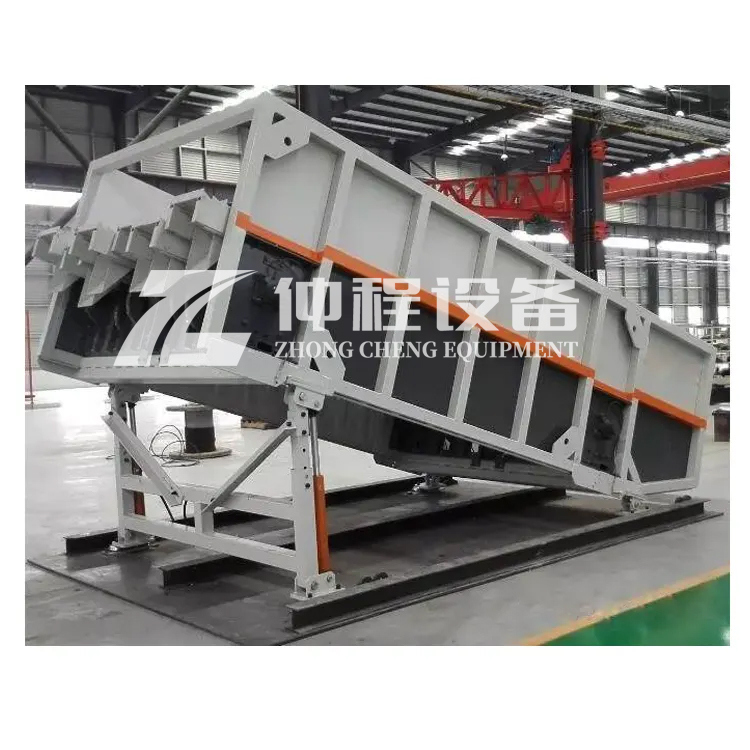
Application Industries
- Mining Industry
- Agricultural Industry
- Food Processing Industry
- Chemical Industry
- Recycling Industry
Construction Materials Industry
-
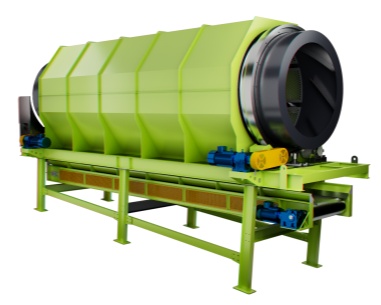 Trommel screenTrommel screen, also known as drum screens, are widely used in various industries for sorting and separating materials.Get Quote
Trommel screenTrommel screen, also known as drum screens, are widely used in various industries for sorting and separating materials.Get Quote -
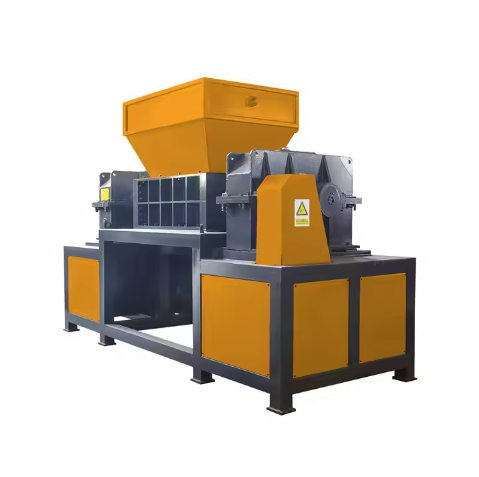 Crop straw double shaft shreddApplications:Biomass Energy Production: Shredded straw can be used as a feedstock for bioenergy plants to produce electricity or heat.Livestock Feed: Reduced-si...Get Quote
Crop straw double shaft shreddApplications:Biomass Energy Production: Shredded straw can be used as a feedstock for bioenergy plants to produce electricity or heat.Livestock Feed: Reduced-si...Get Quote -
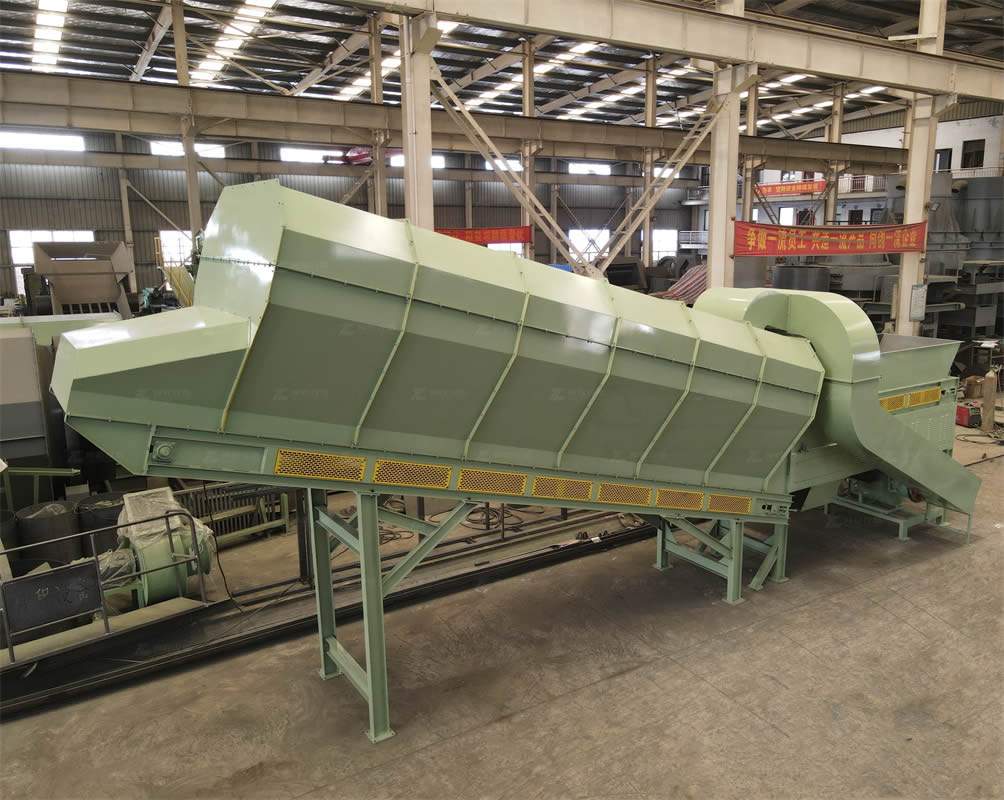 Zhongcheng Air Drum SeparatorAir drum separators effectively separate lightweight materials (e.g., plastics, paper) from heavier materials (e.g., metals, glass). This high efficiency is cru...Get Quote
Zhongcheng Air Drum SeparatorAir drum separators effectively separate lightweight materials (e.g., plastics, paper) from heavier materials (e.g., metals, glass). This high efficiency is cru...Get Quote
-
2023-01-18Metal BalerMetal baler, specifically a hydraulic metal baler, is a machine designed to compress scrap metal into dense, manageable bales. This equipment is widely used in ...
-
2024-08-12The Advantages of Horizontal Baling TechnologyA horizontal baler, also known as a horizontal baling machine, is a piece of equipment used for compressing materials and wrapping them into bales. This process...
-
2023-01-12Disc ScreenDisc screen, also known as a disc scalping screen, is a mechanical device used to separate materials based on size. It is commonly used in industries such as wa...
-
2024-08-06Plastic double shaft shredderOperation:Feeding: The plastic material is fed into the shredder through the infeed system.Shredding: As the material enters the shredding chamber, the rotating...
-
2024-05-18C Series Jaw CrusherC series jaw crusher is a jaw crusher with excellent performance introduced and developed by zchmachinery according to the market demand. Compared with traditio...



